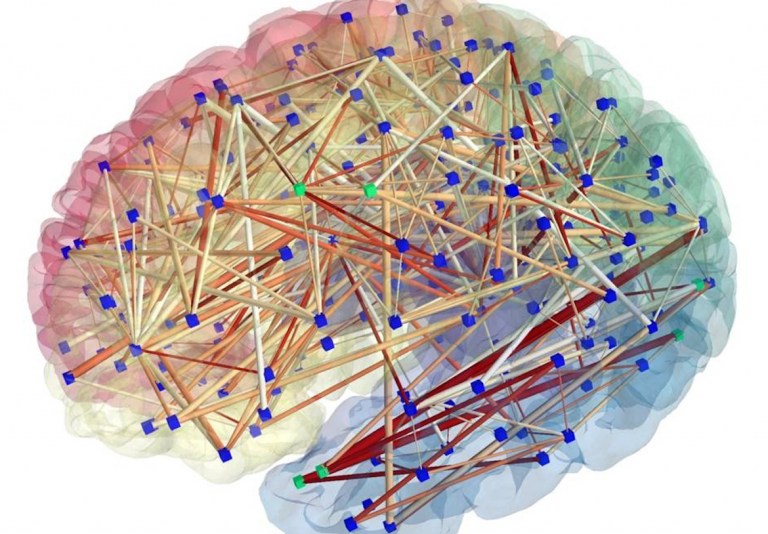
Brain hacking 101
60 minutes We’ll continue hacking all day thereafter.

60 minutes We’ll continue hacking all day thereafter.
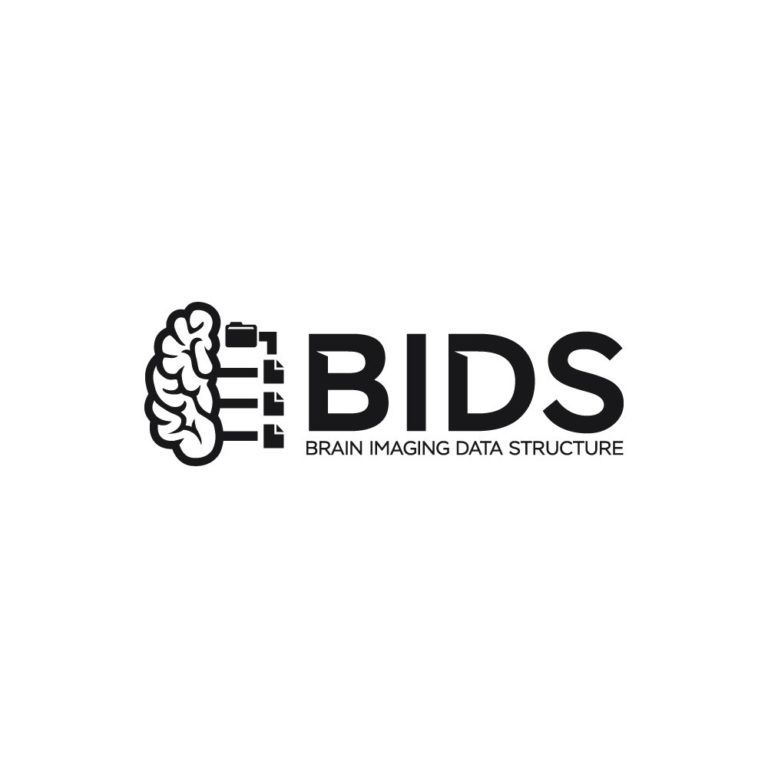
60 minutes

60 minutes

90 minutes

90 minutes
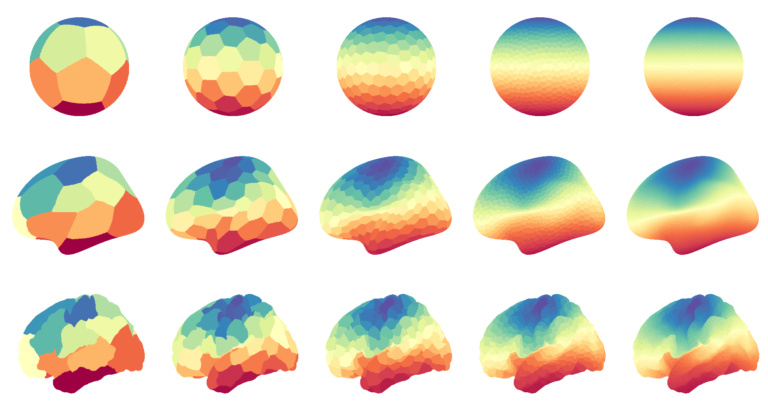
90 minutes

90 minutes
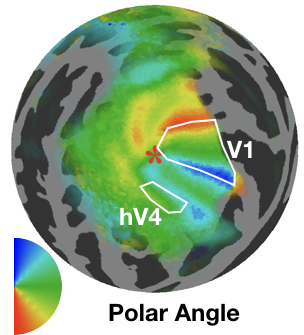
90 minutes
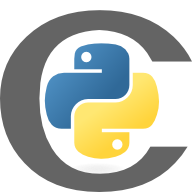
90 minutes

This presentation covers introductory machine learning concepts, including out-of-sample prediction, cross-validation, the variance/bias trade-off, and major classes of ML techniques. Application of these concepts to neuroimaging data is illustrated using the scikit-learn package for Python. 90 minutes
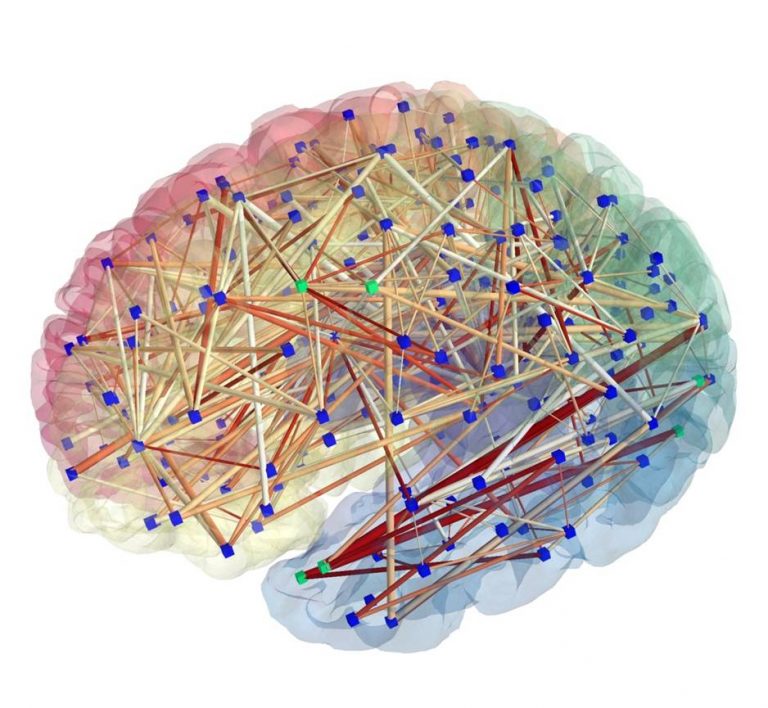
45 minutes

A brief overview of the Python programming language, spanning both elementary concepts (variables and data types, control flow, etc.) as well as somewhat more advanced ones (object-oriented programming, argument unpacking, etc.). Includes a short overview of the Jupyter Notebook/Lab environment used for much of the instruction during this course.

This talk will provide a hands-on introduction to the data structures, file formats, and tools used to represent and compute over anatomical and geometric properties of the human brain. Topics will include volumetric MRI data, cortical surface representations, and inter-subject comparison. 90 minutes

90 minutes
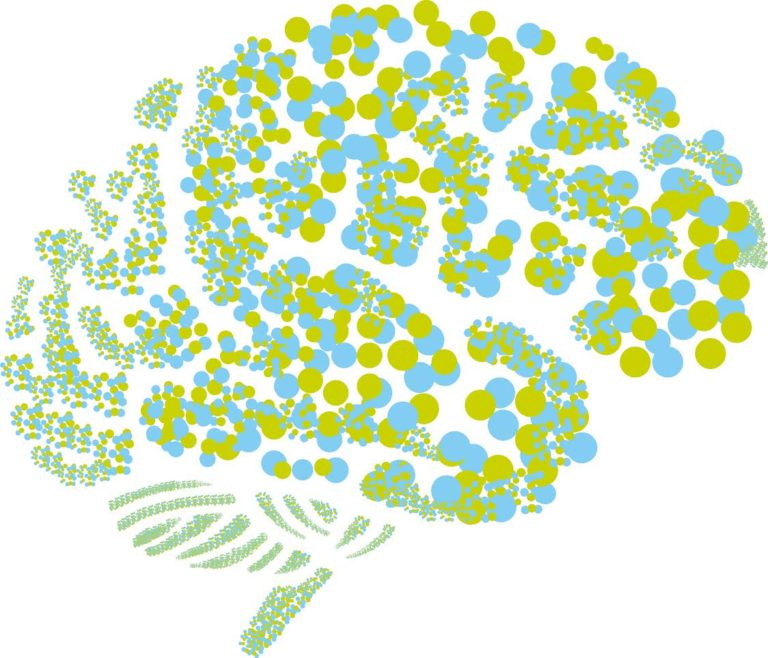
This talk will discuss neuroimaging meta-analysis as a tool for examining consensus and reproducibility, provide examples of different meta-analytic applications, and review related software and resources.

This talk will introduce neuroimaging data and file structures using the Python library NiBabel. It will describe the general classes of neuroimaging data researchers are likely to interact with – volumetric, surface, tractography, connectivity – and Python interfaces for loading, modifying and writing the data. There will be some discussion of particular file formats, memory […]

This talk will introduce the Python library nilearn, highlighting its use in bringing machine learning analyses to the neuroimaging domain. 90 minutes
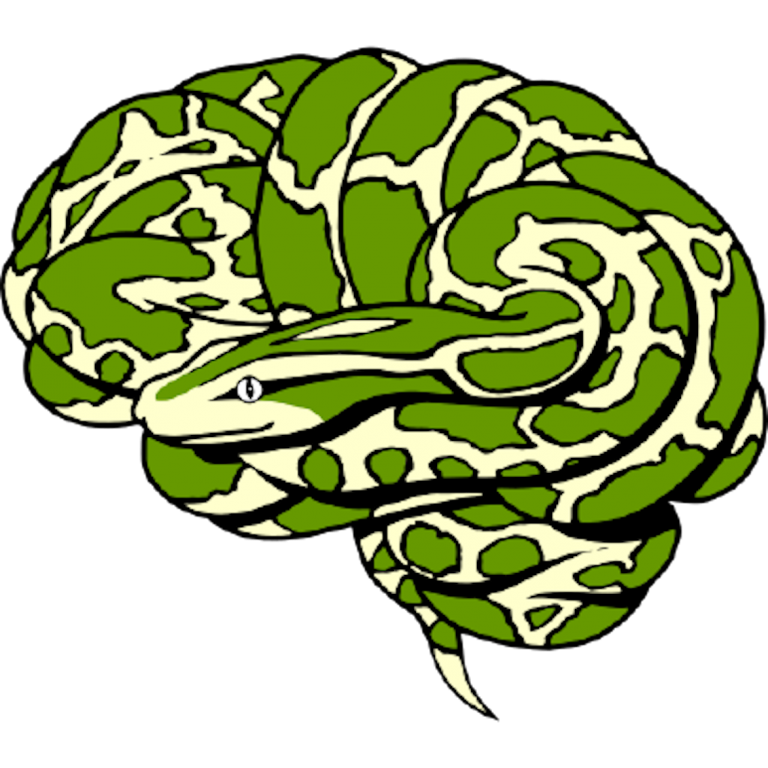
90 minutes

90 minutes

This tutorial illustrates how many popular machine learning models can be formulated and solved through the lens of optimization. Through a combination of slides and exercises, we present intuition behind gradient descent, linear and logistic regression, regularization, and outlier detection. 90 minutes.

An open discussion period for any/all questions regarding the Python language and the neuroimaging data science tools covered in this course. General questions regarding open-source software development (in any language), neuroinformatics, etc. are also welcome. 60 minutes.
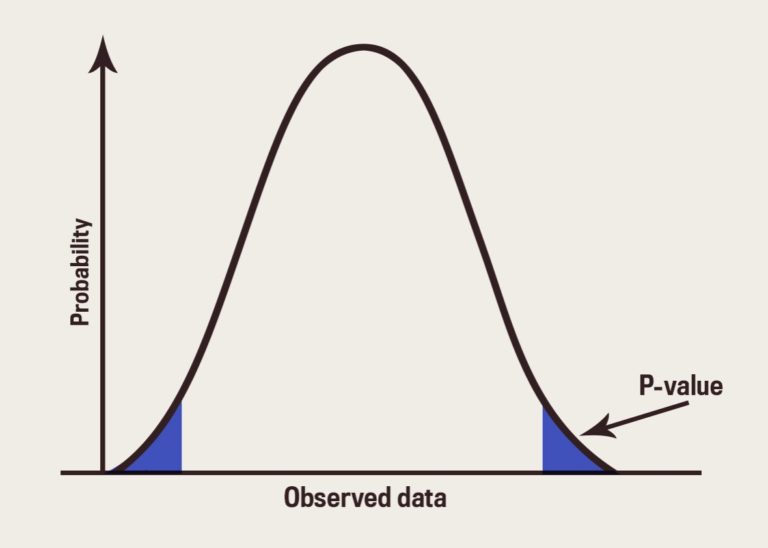
In this talk, I will first review the main causes impacting reproducibility and in particular the statistical aspects, in the context of classical statistics but also in prediction. Second, I will attempt to link these two frameworks to some classic epistemological concepts. 90 minutes
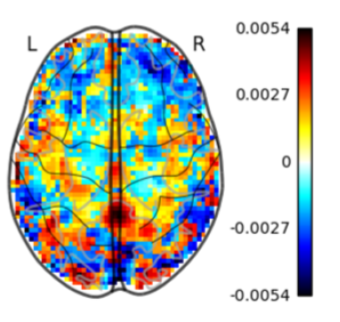
This talk will overview the differences and overlap between machine learning and statistics as well as some important considerations when applying machine learning vs traditional statistics models to fMRI data. 90 minutes
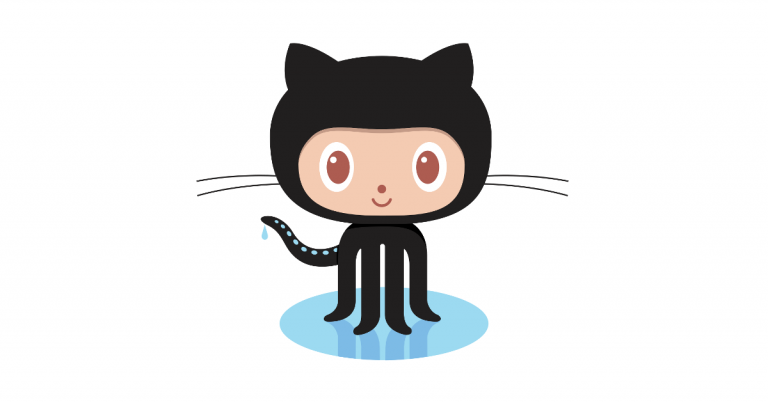
This talk will provide a hands-on introduction to git, the most popular version control software used today. We’ll showcase using the corresponding web portal GitHub, with an emphasis throughout on the importance of version control for collaboration and reproducibility in science. 90 minutes
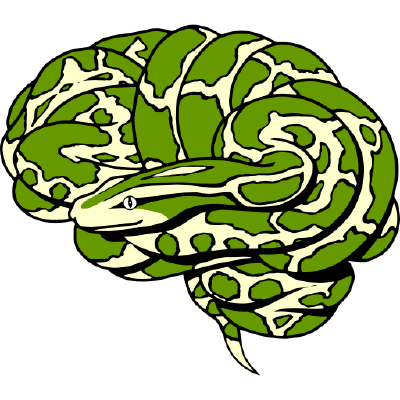
This talk will introduce why workflow systems are essential for many scientific analyses. It will describe common concepts across workflow technologies used in biomedical research. It will then focus on the Nipype ecosystem as a set of tools to deliver robust and reproducible workflows for neuroimaging analysis. 90 minutes